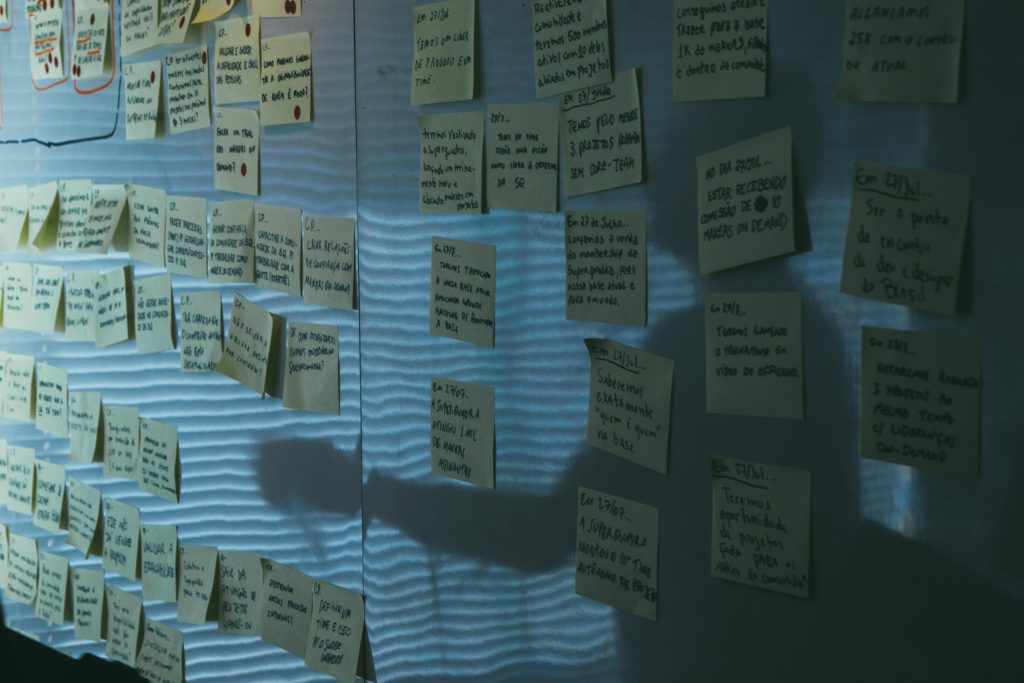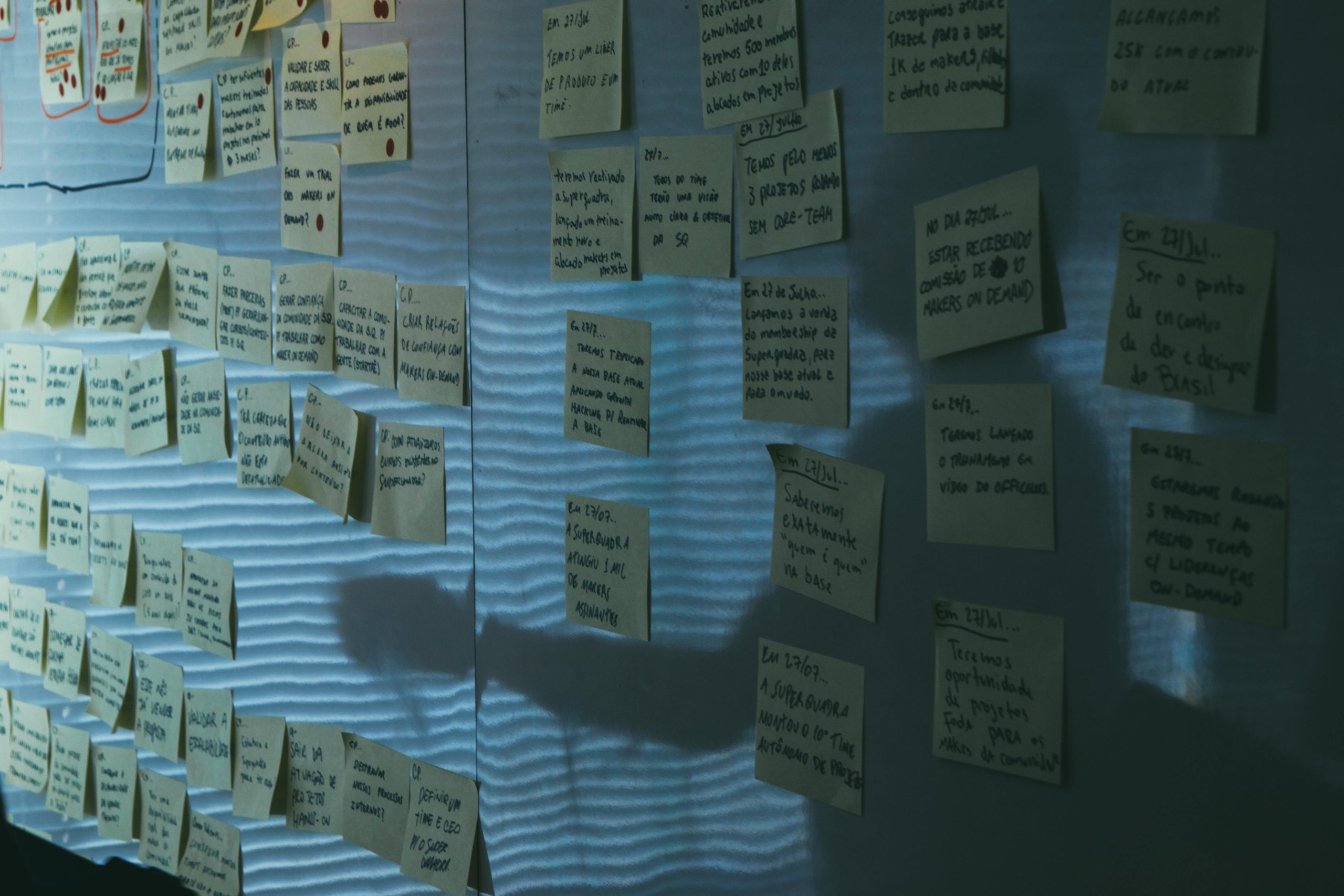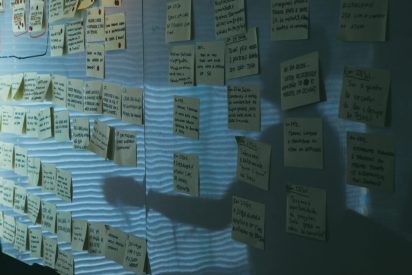Working through our planning at the end of last year provided a great opportunity to reflect on some of the common themes from 2021, and to speculate on what will be keeping us busy in the year ahead.
Many of these topics are not new. Some are decades old.
My reason for excitement and optimism is that businesses seem to be ready to move from theory and vision, to action.
Scaling Experimentation Operating Models
(particularly Centres of Excellence)
Creative CX have been helping businesses evolve their Optimisation & Experimentation operating models for many years now; delivering training courses, building materials, frameworks, processes, and working through the merits of Centralised, Decentralised and Centre of Excellence setups.
But over the last year it has been different. It’s not been about designing or building the documents for these models, but enabling them. Making it happen.
Businesses have recognised that it is not good enough to simply deliver training, make resources available and encourage diverse teams in the direction of controlled experimentation.
For organisations to establish and get value from this capability requires true business transformation and a comprehensive rollout plan that engages, excites, and fosters cultural change. The ‘Field of Dreams’ model (for any of you old enough to know that movie – ‘if you build it, they will come’) has frequently failed to deliver real sustained change.
Many early adopters found that after a brief flurry of excitement, different teams reverted to conditioned behaviours and the CoE team were left acting as a glorified technical helpdesk.
The pros and cons of a top down ‘this is the way you work now’ approach versus a bottom up ‘look what we can achieve working this way’ approach is still hotly debated.
If you had to choose one, I would suggest a top-down approach would be the path most likely to succeed. Be aware however that without winning hearts & minds and demonstrating value you risk a period of high staff turnover.
As with many things, the answer is probably a bit of both. Top-down vision and objective alignment, while also ensuring the process engages teams and demonstrates how this new way of working will make their lives better.
There is no one size fits all approach to this, but it does not have to be as big and scary as it may initially sound. Either way, this capability is a competitive advantage that you probably can’t afford to ignore much longer.
Experimenting in more of the User Journey
This topic is something particularly close to my heart. In over 20 years working across a variety of digital technologies I’ve witnessed so many teams re-invent the wheel or miss out on insights and opportunities because of the way they function and how they are measured.
The will is often there and in many cases the technology is capable, but the objectives of the team bias behaviour towards a narrow set of goals.
In most businesses, some form of controlled experimentation is happening in every function involved with communicating with customers and prospective customers, but they are rarely joined up. Even at the relatively simple level of sharing insight.
Over the last 12 months we have seen a considerable shift, with a consistent increase in the momentum and ambition of initiatives that address the ‘end-to-end customer experience’.
The full user journey.
After all, your customers don’t care which part of the journey they are in!
For those who are usually focused on the website/app experience, the easiest first step is often to look at points of interaction directly before or after the world they operate in. Aligning the offsite acquisition messaging with what is presented onsite, will create a better experience, just as doing a better job in post-sale communication (often via CRM) will improve customer satisfaction and customer lifetime value.
And of course, there is so much valuable insight to be gained by joining up the data and strategy.
Better Anticipation of User Needs
This year we have worked on many initiatives focused on better adapting the experience to the needs of the user. The simplest examples are probably how we’ve adapted the onsite journey for visitors from aggregators, Google Shopping or QR codes to help them continue their journey and align our messaging and next steps with what has likely gone before. At this level we can start to think of these strategies as part of a Personalisation approach (discussed below) but we think it is important to keep this as a separate theme. Using Service Design principles, we can step back from experimenting in the digital experiences we usually control, to consider whether entirely new services or experiences would better serve the needs of those customers.
Taking QR codes, for example. I know I was not alone in thinking that QR codes were little more than a gimmick, until about two years ago. The way businesses quickly adapted to using these links between the digital and offline world was incredible. Now they’re established, we are seeing some great ways that businesses are incorporating this feature to help blend the online and offline journey, and perhaps more importantly, better anticipate the needs of the user based on the context of that event.
If I scan a QR code in your physical store my needs are probably quite different to scanning a QR code on my laptop screen, or on my TV. We would expect this area of research and experimentation to generate an exciting array of new services and features in the year ahead.
For Google Shopping traffic, we’ve seen some great results from a focus on adapting the landing page experience to better serve someone in the search phase. Typically, Product Details Pages (PDPs) don’t do a great job of keeping the visitor on site by prominently showing other options or links to Product Listing Pages. So unsurprisingly bounces rates are high as shoppers navigate back to Google.
Hybrid PDP pages are not something new, but the increased volume of these types of visitors and dominance of Google Shopping has made it a higher priority for many.
Personalisation
Businesses have been exploring approaches to personalising the digital experience for many, many years. Often the term can be met with scepticism due to experiences of initiatives and technologies that have over promised and under delivered.
Then there is the big question of what we mean by personalisation. Are we talking about delivering a unique 1:1 experience based on data we have about a known individual? Or segmenting users based on some contextual or behavioural cues?
Where on this segmentation-individualisation spectrum your business can easily operate may depend on whether your customers have a good reason to login and how often they interact with you.
There are some principles however that appear to be universal and companies who get it right are leaving their competitors behind.
This recent McKinsey article provides some interesting insight into the impact this capability can make to business performance. Also in this article are the results of a survey question which explored the ‘importance of personalisation actions for consumers purchasing for the first time’. The top answer from this survey was ‘Make it easy for me to navigate in-store and online’, a theme which has been common across the personalisation activities of most of Creative CX’s diverse group of clients.
Over the last year we’ve seen many businesses make a step change in their approach to personalisation, built on a foundation of experimentation, and with a focus on making the browsing experience easier, relevant, and consistent.
Prototyping with Live Sites
‘Live Data Prototyping’ was a term a colleague used when we were first engaging with Product Teams and trying to demonstrate that experimentation offered more than just tweaking or hacking at their beautiful designs. These teams were familiar with testing prototypes, but the scope of their work was often limited to running a prototype past a few colleagues.
As anyone familiar with experimentation knows, the power to quickly validate changes with real users in a real-world setting is incredibly powerful.
Beyond this semantic nuance however, the concept of being able to quickly deliver and validate prototypes opens many opportunities to make significant changes to the user experience.
Recently, one of our clients was considering a change to their site navigation that was looking likely to be a long and costly process of design and internal validation before it got anywhere near their customers. The experimentation team were able to intercept this design change and suggest an approach that would deliver an efficient method of validating and improving the proposed changes.
The team implemented 3 new versions of the navigation feature as an experiment but which was then enabled for moderated usability testing participants. This meant that we could conduct research using a fully functioning site rather than in a design tool, like Figma. This helped us quickly validate and then iterate on the new designs to improve the usability of the navigation versions crucially before rolling out as a large scale A/B/n test to all their users. The success of this approach has not only helped demonstrate the value of research-led controlled experimentation to a wider senior audience, but it has engaged departments of this business who now start their process thinking about how they could experiment.
In Summary
None of these themes are new, but something has changed. Many businesses now seem to have the organisational will and focus to make meaningful changes.
Perhaps this change is the fruit of the customer centricity movement over recent years. Maybe it’s that the last few years of social disruption have forced many to think differently about how digital can enable and improve their products and services.
Whatever the reason, businesses are quickly adapting their ways of working and thinking differently about how best to serve their customers. Those who don’t will be left behind.




